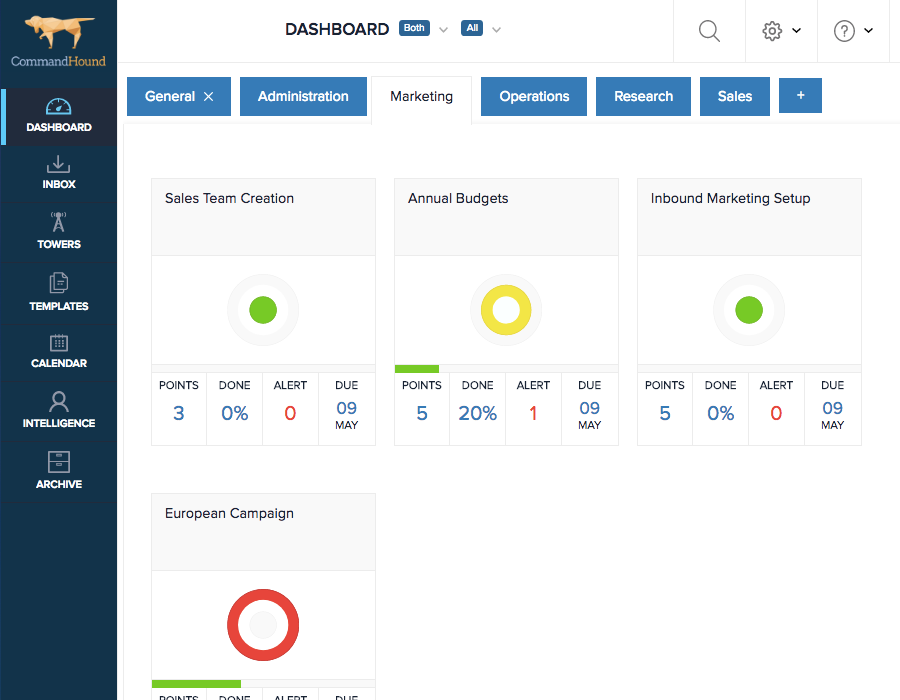How to Best Manage a Remote Team
It has become the norm for businesses to incorporate a virtual workforce into their operations.
Whether a company has geographically dispersed offices, hires employees or freelancers in different cities or countries, or just offers local employees the flexibility to work from home, more and more of us are having to manage remote teams.
Results of a Gallup survey published earlier this year showed that 43 percent of employed Americans spent at least some time working remotely in 2016.

One of the benefits to employers of the virtual workforce is the broadened pool of talent. As long as a recruit is right for the job, location is not an issue or an expense factor anymore.
The Challenges of Managing a Remote Team
But managing a remote team, even if it is made up of very qualified people, offers unique challenges.
- We need to realize that not every talented worker is a good remote employee.
- There are some personalities that need the physical presence of an office and/or a manager for optimal productivity.
- Developing a company culture and team camaraderie can be difficult without physical proximity.
- Even with the vast array of technology available, communication can be tricky when it’s not face-to-face.
Tips for Managing a Remote Team
There are many things one can do to turn a remote team into a High Performance Organization (HPO). Here are some of the best:
1. Recruit the Right People
- People who have worked remotely before have learned how to self-manage.
- Find people who are capable of understanding the project in its entirety, seeing their part in it, and setting priorities to execute their part.
2. Develop and Form Relationships

- Schedule time to hang out with your employees virtually.
- These should be unstructured conversations where you get to know about their personal lives and career aspirations.
- Hold regular teleconferences to create camaraderie and synergy among team members.
3. Deliver Clear Expectations and Hold People Accountable
- Provide clear goals and expectations for milestones and deliverables so that your remote team will have the structure to be successful.
- Each person on the team should know for what he or she is accountable, as well as the accountabilities of the other team members.
- Transparency of accountabilities will minimize delayed hand offs in the workflow.
Learn more by downloading our Ultimate Guide to Accountability in the Workplace here:

4. Trust Your Team
- Resist the temptation to micro-manage.
- Team members will thrive when given the freedom to reach clearly defined goals as they see fit.
- Make sure you have a way to know whether milestones are being met as expected and on time.
- Each team member must know that he or she will be held accountable for what has been assigned to him.
5. Find the Right Accountability Tool
- Use a tool to enhance the efficiency and effectiveness of your remote team by clearly defining what is expected of them and by when.

- Use an accountability tool like CommandHound which has been designed from the ground up to manage widely dispersed employees and processes by clearly communicating concrete expectations and enforcing clear accountability to make sure things get done.
- Connect individual performance at the milestone level to performance reviews.
Get Started
Would you like to learn more about how to manage remote teams successfully and unlocking the benefits of accountability?
